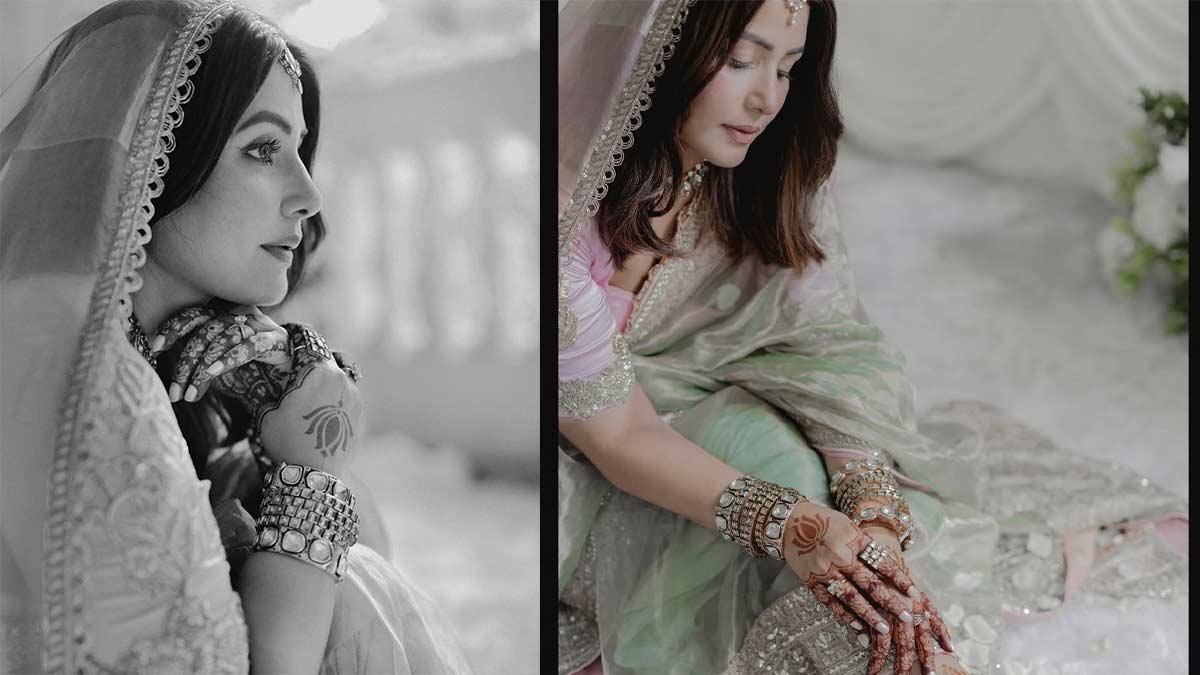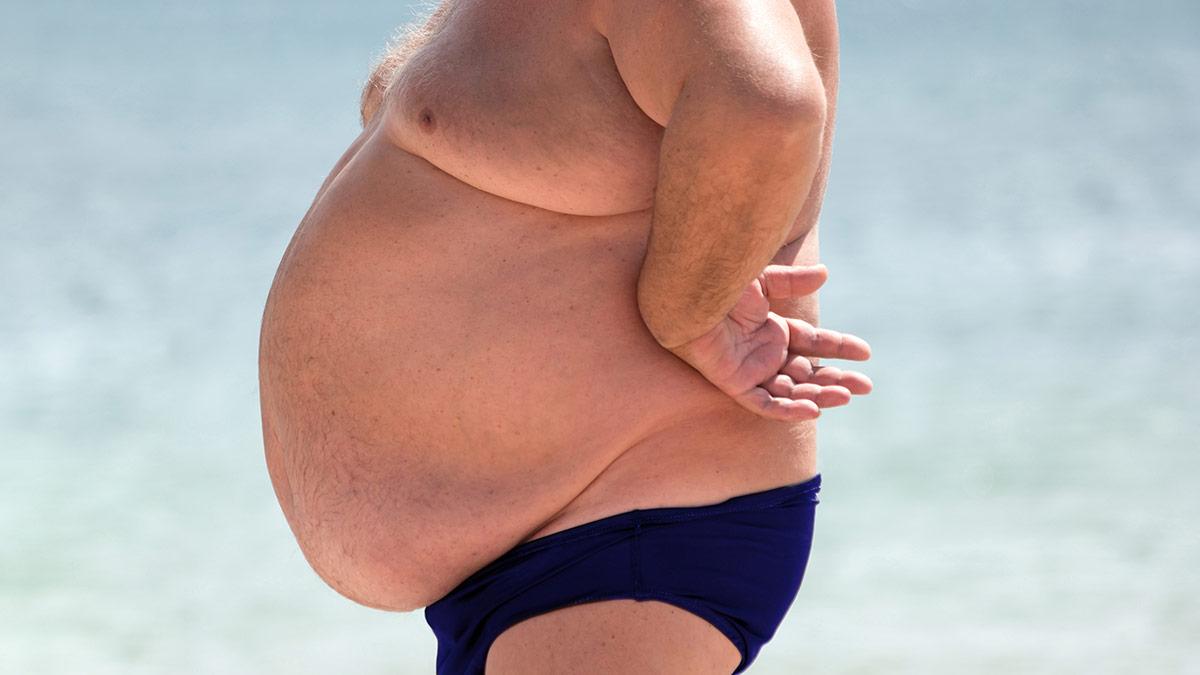A wise man once said, "Gray hair is mandatory, we get it from our children", the other option is, we can bid adieu to it if we want. There are many who prefer to don the salt and pepper or silver look but there are still those who do not shy away from using hair colour, not just to hide the greys, but to make a style statement.
Clelia Cecilia Angelon, Founder and CEO, Surya Brasil, suggests why you should switch to ammonia-free hair colour:
Role of Ammonia
An alkaline chemical by nature, Ammonia has traditionally been added to various hair dyes to raise the pH level of the hair during the colouring process. As the pH level spikes, the cuticles of the hair fibre open up, letting the colour penetrate deeper into the cortex, which is the inner part of the hair. The natural pigment of the hair can also be lightened using Ammonia, making it fit for re-colouring.
There is no proof of Ammonia disrupting our hormones or increasing cancer risks, but it has been found to cause conditions like throat, nose and eyes irritation, breathing difficulty, burns and even pulmonary edema. Ammonia is widely considered moderately toxic as against more harmful chemicals and toxins.
ALSO READ | My Mantra In Life Is To Have Fun No Matter What It Is That You Are Doing: Farah Khan
Usage and Subproducts
Ammonia has even traditionally been used only in hair colours that categorise themselves as permanent hair colours, as the semi-permanent ones do not need to reach the cortex region. These colours merely provide a coating to the hair, hence they are considered less harmful on hair, scalp and skin.
Ethanolamine, Diethanolamine and Triethanolamine are chemical compounds that are often present in hair colours that claim to be Ammonia-free. The reality, however, is that these are sub-products of Ammonia and more harmful than compounds consisting of nitrogen and hydrogen
Why Ammonia-Free
The aforementioned facts are pretty much self-explanatory as to why one should immediately switch to ammonia-free hair colour. But it is important to know how these hair colours carry out the task of colours penetrating the cuticles of the hair fibre, moreover, it is important to check whether the alternative discovered is organic or not. When we developed our all-natural hair henna cream, we opted for Aminomethyl Propanol, which is an organic compound in a colourless liquid form. The ingredient suits the ethos of developing products with consciousness for all living beings.
Some hair dyes contain monoethanolamine that comprises an alcohol. To ensure that is less harmful to the hair, it is added in less concentrated form and also combined with emollient oils.
ALSO READ | Don't Wait Till You Get Wrinkles
Hence, there is no qualm in saying that even traditionally ammonia has solved a great purpose pertaining to hair colour, allowing them to reach as deep as necessary, in the present times one should go for organic alternatives available readily in the market. While doing so would save the hair, scalp and skin from intense harm, it will add to a sustainable regimen in your personal care.


















